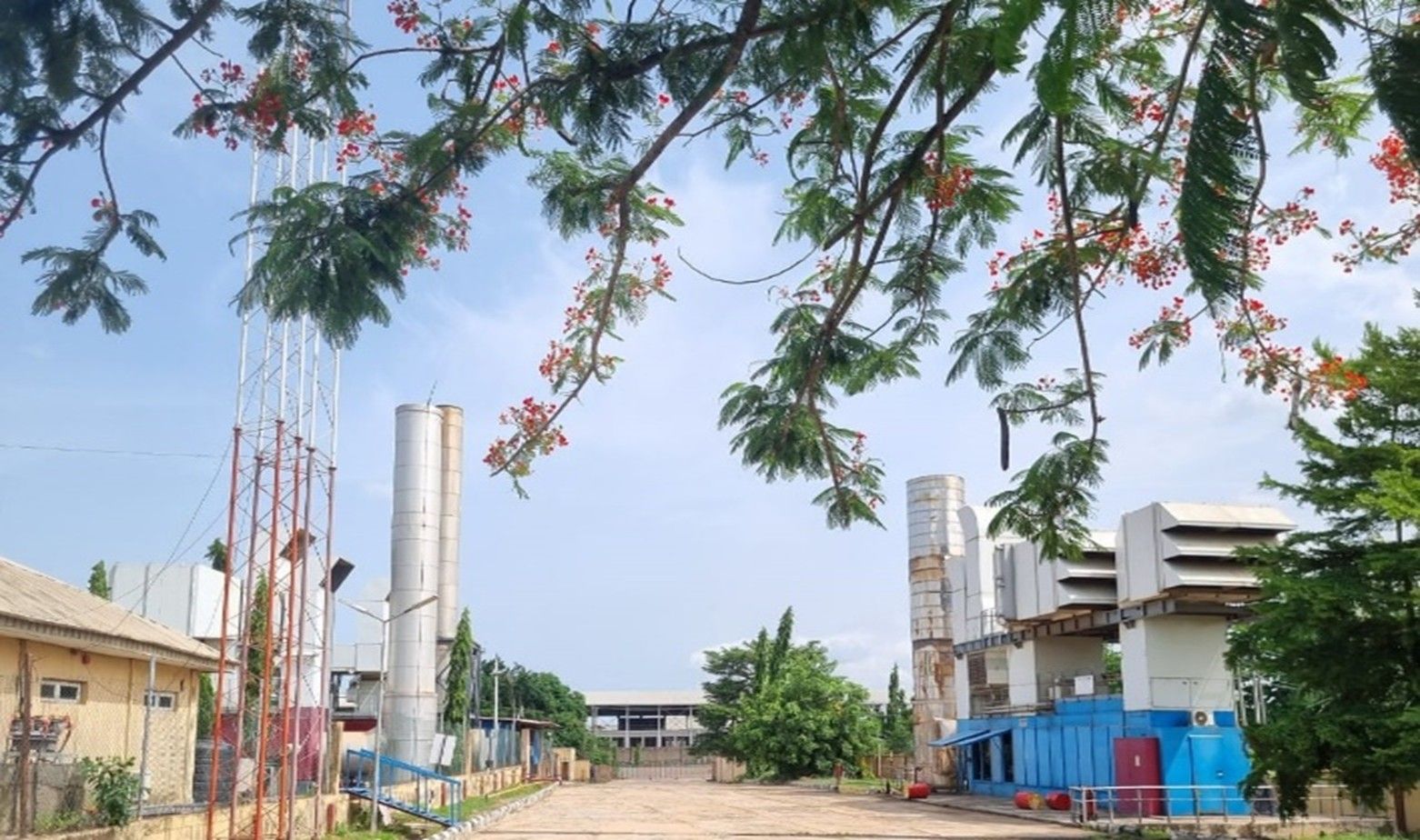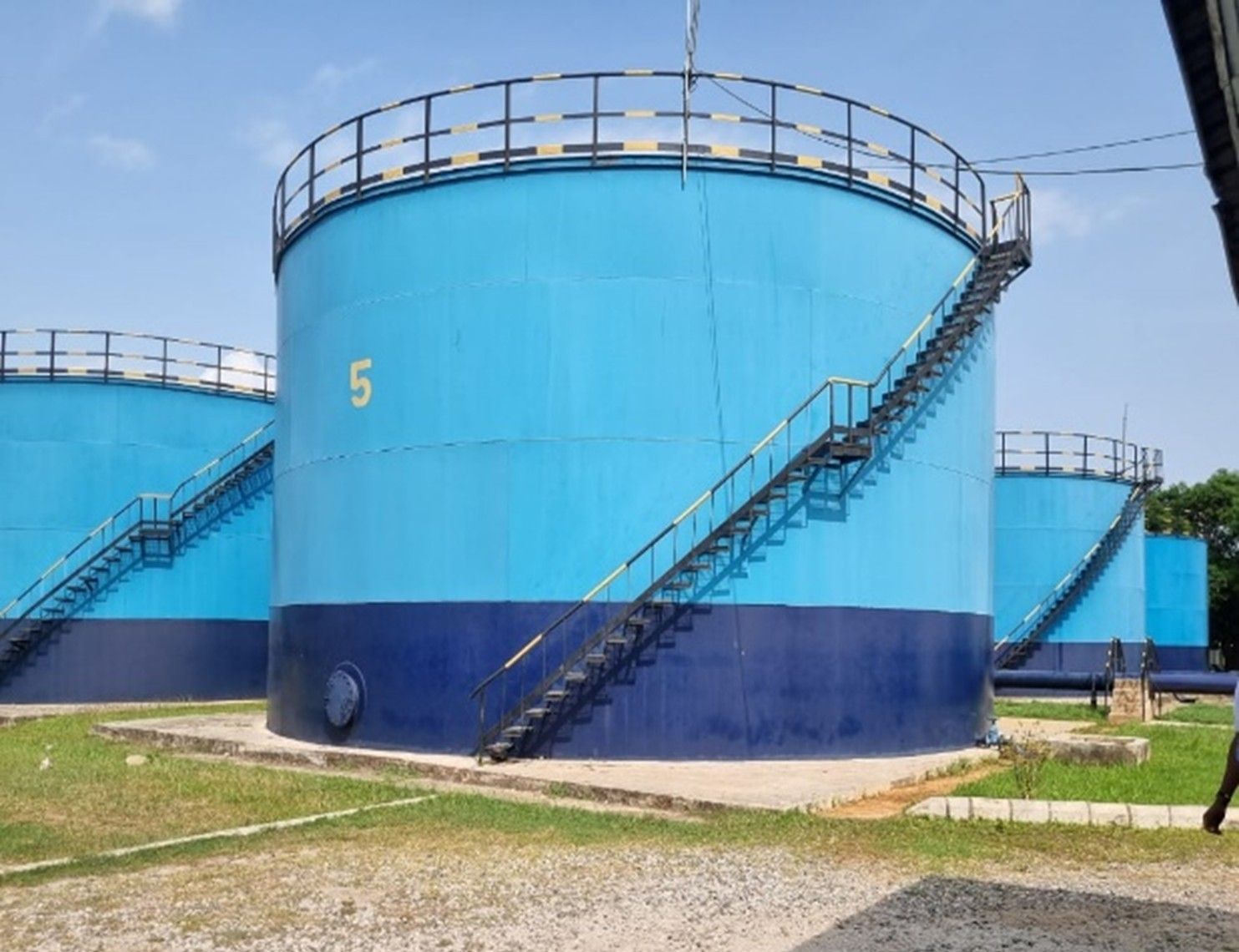PhD Student Osai Onyinyechi reflecting on Summer School 2025
University of Nigeria, Nsukka Email
Exclusivity Within Inclusion: Evaluating the Land-for-Housing Initiative in The Redemption City of God, Mowe, Ogun State.
The persistent crisis of inadequate and unaffordable housing in Nigeria remains unresolved despite efforts by city governments with the country facing an estimated deficit of 68 million housing units. This deficit grows daily, driven by a dual factor of rural-to-urban migration and natural population increases. Despite the existence of strategic housing policies and collaborative efforts between the public and private sectors, the reality on ground suggests a disproportionate reliance on private actors, including developers, corporations, and even faith-based institutions. Among these, the Redeemed Christian Church of God (RCCG) stands out with its ambitious city vision named The Redemption City of God.
The Redemption City is a faith-based, privately owned urban community initiated by the RCCG in 1983. Conceived as a spiritual hub, the city has evolved over four decades into a partly self-sustaining urban system. With continued territorial expansion through land acquisition from neighboring peri-urban and rural settlements, the city has transformed into a near-autonomous urban entity largely independent of the Ogun State Government in the provision of basic urban services. It independently produces up to nine million liters of potable water, generates electricity for up to 22 hours daily through its two 5kW and 15kW gas plants, and manages its solid waste internally. Through a system-thinking approach by the planners, the city has embraced a semi-closed-loop urban model for resource management, aiming for internal resilience and reduced dependency on external infrastructure.

The city’s spatial morphology reflects meticulous planning with a gridded street network, integrated land-use zones, and a hierarchical distribution of services that includes educational institutions (from nursery to tertiary), commercial centers, health facilities, and financial institutions. Planned and executed by Nigerian urban planners and architects, Redemption City exemplifies the capacity of indigenous professionals to deliver large-scale urban developments and worthy of emulation.
From a modest land parcel of 180 by 300 feet in 1983, the city expanded to over 2,000 hectares by 2018 and is still expanding as of 2025. This is expected to grow further as report shows that in 2019 with an estimated resident population surpassing 15,000 and 283 streets, the city had a worship population that peaks at over 1.9 million during the annual conventions. The city’s newest auditorium reportedly accommodates up to 7 million worshippers during the annual convention, driving the demand for more housing making the number of estates to grow from just one in 1985 to 20 in 2025 (Olaseni et al. Eds., 2022).

As part of its city development strategy, the RCCG adopted a land-for-housing initiative wherein members of the church are allocated parcels of land, free of charge, subject to stringent architectural and structural design assessments to ensure compliance with Redemption City's spatial code and aesthetic principles. On the surface, this appears to be a progressive and inclusive housing initiative. It increases access to land and promotes private homeownership among members, fostering social equity within the religious community.
However, this perceived inclusivity conceals a deeper exclusionary shift. The self-built housing strategy, although intended to promote equality in principle, tends to unintentionally disadvantage low-income members because they might not have the finance to construct a house. The escalating cost of building materials in Nigeria, combined with the absence of subsidized housing finance, renders construction financially prohibitive for poorer members. In response, temporary room allocations within completed homes have been introduced as a stop-gap measure. Yet, this could create socio-spatial tensions as homeowners are encouraged to share private domestic space with unfamiliar co-habitants, while the low-income residents may often experience alienation or inferiority within these arrangements. Such informal cohabitation undermines the dignity and autonomy of both parties, contradicting the city’s vision of inclusive urbanism.
The Universal Declaration of Human Rights (Article 25) affirms that housing is a basic human right, and the UN Sustainable Development Goal 11 emphasizes the necessity of inclusive, safe, resilient, and sustainable cities. To actualize this within Redemption City, targeted interventions must be introduced for the disadvantaged population. The city planners are encouraged to adopt inclusive housing strategies that prioritize affordability for low-income earners and the urban poor.
To move toward a truly inclusive urban future, the Redemption city planners must expand its housing typologies to accommodate diverse income groups. This could include promoting housing designs and ownership schemes that incorporate subsidized initial payments, ranging from ₦10,000 - ₦20,000 and long-term, low-interest repayment plans, self-help housing schemes supported by technical assistance and incremental building models, that is where construction happens step-by-step overtime. Alternatively, the planners could adopt vertical housing strategies such as mid-rise or high-rise social housing blocks financed through long-term mortgage plans, allowing low-income members to attain secure tenure and pride of ownership via buying a flat apartment, much like the social housing projects in other parts of the world.
In conclusion, The Redemption City of God presents a compelling case of private-sector urbanism shaped by religious ideology. Yet for it to serve as a model of inclusive development, its housing policies must address the shades of structural inequality. True inclusivity demands more than access, it requires intentional architectural and policy frameworks that ensure the urban poor are not just present, but empowered, dignified, and secure in the spaces they inhabit.
Reference
- Oluseni, A. M., Alade, A., Oguntunde, B. et al. (Eds.) (2022). The Redemption Camp: A Divine Promise Fulfilled. Vista Research Data Services Ltd. Lagos.

